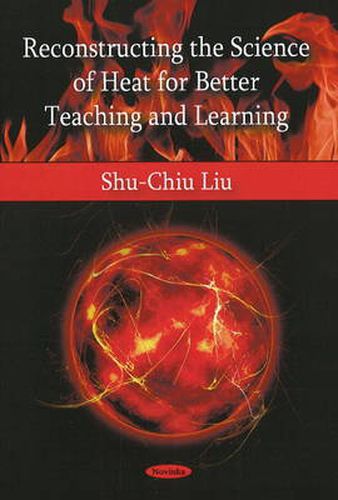Readings Newsletter
Become a Readings Member to make your shopping experience even easier.
Sign in or sign up for free!
You’re not far away from qualifying for FREE standard shipping within Australia
You’ve qualified for FREE standard shipping within Australia
The cart is loading…






It is generally accepted that teaching and learning material and activities should be grounded in a deep understanding of students’ ideas and the subject matter to be taught. In the domain of thermodynamics, a great deal of research has been done to determine students’ (mostly at the primary and middle school levels) misconceptions about heat and temperature; a smaller number has been done to analyse the subject matter as presented in the science classroom. What is very scarce is research which brings together the two aspects to induce a well-grounded instructional re-examination and reconstruction. The present book is thus conducted to examine secondary students’ understanding of basic thermal concepts, such as heat and temperature, along with a conceptual analysis of the scientific knowledge as presented in textbooks. The purpose of the book is to provide a knowledge base for instructional design including features and relations of what students think and what is presented to them, so that more efforts can be made to remove errors and bridge gaps.
$9.00 standard shipping within Australia
FREE standard shipping within Australia for orders over $100.00
Express & International shipping calculated at checkout
It is generally accepted that teaching and learning material and activities should be grounded in a deep understanding of students’ ideas and the subject matter to be taught. In the domain of thermodynamics, a great deal of research has been done to determine students’ (mostly at the primary and middle school levels) misconceptions about heat and temperature; a smaller number has been done to analyse the subject matter as presented in the science classroom. What is very scarce is research which brings together the two aspects to induce a well-grounded instructional re-examination and reconstruction. The present book is thus conducted to examine secondary students’ understanding of basic thermal concepts, such as heat and temperature, along with a conceptual analysis of the scientific knowledge as presented in textbooks. The purpose of the book is to provide a knowledge base for instructional design including features and relations of what students think and what is presented to them, so that more efforts can be made to remove errors and bridge gaps.